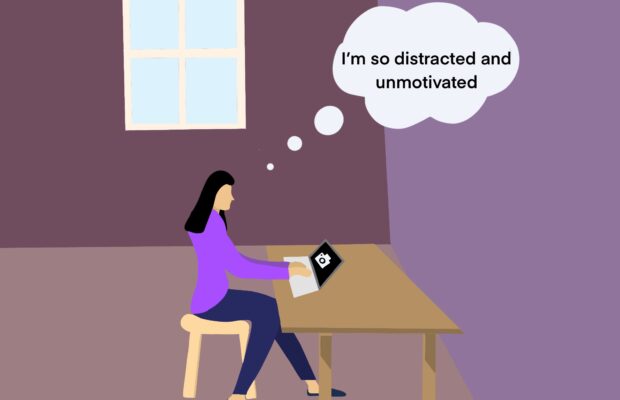Open camera expectation does not suffice for student engagement

In a year of remote learning, the board, teachers and students can agree that student engagement is absolutely essential for education. With this in mind, CVUSD implemented a “camera on” expectation on Feb. 1, stating that all students are expected to keep their cameras on during class Zoom meetings. This was done in order to increase “active participation in the virtual classroom” according to the Canvas message sent out by the CVUSD staff. While efforts should be made to increase student participation, asking all students to turn their cameras on in class does not inherently ensure this to happen.
Engagement requires students to respond to their teachers and actively contribute to class discussion; having cameras turned on does not equal participation in class. Many will choose to not participate regardless of having their camera on. In some instances, requiring students to have their cameras on could even be counterintuitive when it comes to increasing engagement. For students with poor Internet connection, having cameras on can worsen connectivity, making it difficult to hear what they say.
The district should consult students directly on what actions should be taken to improve learning engagement, such as sending out mandatory surveys and consulting with stakeholder groups. Having students and teachers participate in finding a solution would make these groups more likely to follow and enforce a potential policy. Many teachers have developed innovative ways to measure participation, such as requiring students to type answers into the chat and giving credit to those who participate, answer and ask questions on a daily basis. Not only does this encourage students to tune into a lesson, but it also emulates a classroom environment.
Teachers and administrators have gone lengths to make remote learning as effective as possible in these difficult circumstances. While the intentions behind the camera on expectation were good, the product is a solution that does not tackle the root of disengagement. In order to increase student participation, include students in the conversation.



